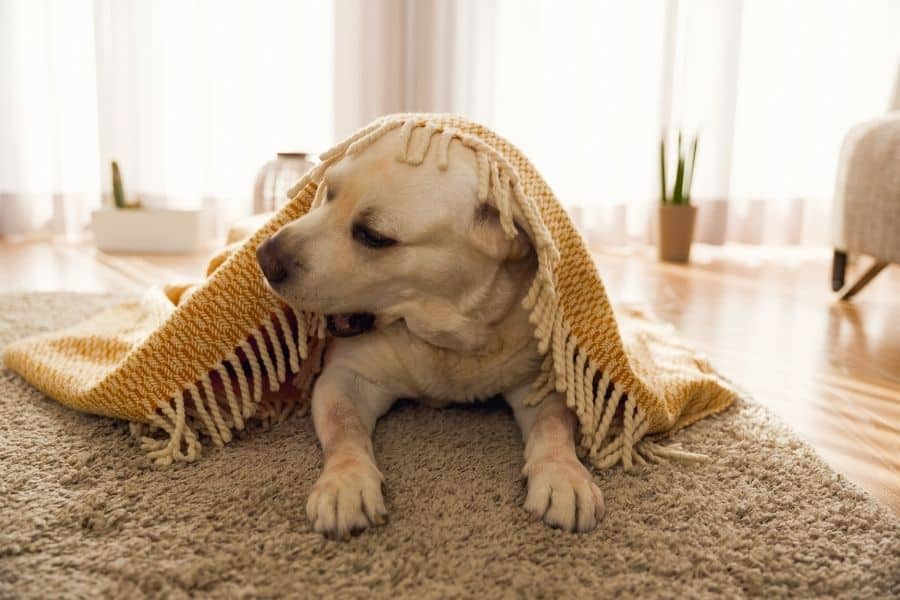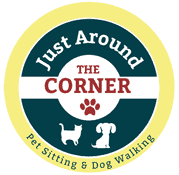
How to Ease Your Pet’s Separation Anxiety
Given the amount of time we have been spending with our fur babies during the “Stay At Home” order, we can expect our pets to experience some form of separation anxiety. Easing your pet into their pre-pandemic routines may be a challenge as we return to work and the outside world. We have come up with five ways on how to ease your pet’s separation anxiety. These steps will allow for a smoother transition into a routine for the changes to come.
What is separation anxiety?
Separation anxiety occurs most commonly when an animal is hyper-attached to their human. They feel abandoned when they are separated from someone they spent so much time with. This can manifest in different ways for different pets. Some pets become more vocal or destructive, and others become quieter. Some signs of separation anxiety include:
- Vocalization: howling/whining/barking or excessive barking
- Destructive chewing furniture/ personal belongings (destructive behavior)
- Inappropriate urination (peeing outside the litter box or on the owner’s clothes)
- Scratching at the door/destructive behaviors
- Shaking/Shivering
- Refusing to eat
- Become quiet or withdrawn
Generally, these behaviors start once you begin your routine to leave home, or after you have left. Picking up your keys or putting on your coat will be a sign your pet will associate with departure. These sound like some daunting characteristics, but rest assured, separation anxiety can be aided and even eliminated from the pet given the proper care and training in most cases.
Here are five ways on how to ease your pet’s separation anxiety.
Practice your ‘exit routine’ without the exit
How many times have you gone to put your shoes on to leave the house, and one of them has magically disappeared? That is because our pets KNOW what it means when we put our shoes on. Try doing the final few steps of your exit routine without actually exiting. Put on your shoes, grab your keys, wallet/handbag, and then stay home. Instead of leaving, give your pet extra loving, maybe a treat, belly rubs and reassurance. When you do this, your pet will start to disassociate those “exit actions” with you leaving the house. Do this several times a day as you lead up to the actual exit date. If you have already begun working outside of the home, you can still practice this technique during periods of being home, such as evenings, weekends, etc.
Good Old Entertainment
We would be a little anxious listening to ourselves breathe all day while missing our favorite person. Our pets can also get anxious and distressed from the silence. Give your fur baby some light entertainment while you are away. Whether it’s the radio, music, the TV, or even an audiobook, leaving something on with a human voice will make them feel like someone is there with them. This is a simple way to comfort your pet and give you some peace of mind knowing there is something to keep them company while you are away.

Help your pet to stay calm even when they miss you
Stay Calm
Humans emit pheromones that our pets can smell. These hormone-like chemicals tell our pets when we feel nervous, fearful, or anxious. Our anticipation of knowing our pets will be anxious when we leave can cause us to emit those chemicals, adding to their separation anxiety and emotional distress. If you can’t help but feel worried about leaving them, pop a mint or piece of gum into your mouth to throw them off your scent.
Pawsitive Association
Pawsitive association works for our sweet kitties and slobbery pups by rewarding their good behaviour through toys or treats. For this behavior modification exercise, try purchasing a new toy that you only bring out when you leave. This will give them something positive to enjoy while knowing you are leaving. If the way to your pet’s heart is through their stomach, then have a special snack on hand. Tuna juice for cats or frozen peanut butter Kongs for pups are great treats. This will keep them busy as you head out the door and leave them with the fondest of memories of you as they snack away!
Exercise and Interaction with Other Humans
Exercise and interaction are a fantastic way to build up your pet’s confidence and ultimately relieve much of their anxiety. Spending a designated time walking your dog or playing with your cat before you leave will also tire them out. Try to plan your day out thoughtfully and include them into your daily routine. This will not only help them get into a daily schedule, but the exercise and play will also be good for their physical and psychological well-being. Remember, a tired pet is a calm pet, which guarantees peace of mind.
If you have been home around the clock over these last several months, chances are both you, and your pet will feel a void when the time comes to part ways. Hiring a midday dog walker or cat sitter is a great way to make sure the transition is smooth for both of you. A dog walker will make sure your pup gets fresh air and great exercise to prepare them for the second half of their day while waiting for mom/dad to arrive home. A cat sitter can come by during the day for some playtime and a treat or two. Having “outsiders” come into the home will help your pet become more adaptable. This ultimately places less hyper-attachment on you, giving you a happier, healthier, less anxious relationship.
If you are concerned with cross-contamination when considering hiring a dog walker, cat sitter, or pet sitter, check out our Covid safety measures to learn all about the safety guidelines Just Around the Corner Pet Sitting and Dog Walking is implementing. We believe in keeping our clients, their fur babies and our employees safe during these unique times. Together we can ease our pet’s separation anxiety while creating a safe and healthy environment for everyone.
Have experience with an anxious pet as a pet owner? Let us know how you helped them overcome and ease Separation Anxiety in the comments below.


Recent Comments